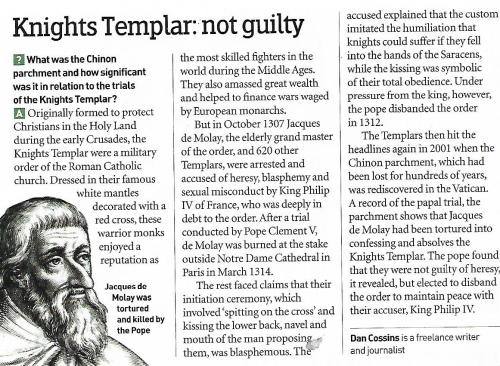#knights templar






Initiation Well, Quinta da Regaleira










Castelo Templário, Tomar

River and Addie
The Tower
Commission for @the-king-of-tartarus; Two women, back to back, standing against a brutal and unforgiving world.
If you’d like a tarot card, check out my commissions form:
March 18th 1314: Jacques de Molay killed
On this day in 1314, Jacques de Molay, the twenty-third and last Grand Master of the Knights Templar, was burned at the stake. The Templar knights were a major fighting unit of the Crusades, aiming to preserve Christendom and regain control of the Holy Land. After control the Holy Land was lost to Muslim forces, support for the Knights Templar started to fade. King Philip IV of France began to mistrust the group and wanted to free himself of his debts to the Templar; he thus had many leading Knights burned at the stake. Pope Clement V disbanded the group in 1312, and the hunt continued for remaining members. The Knights were tortured until they confessed to a range of crimes, including heresy, obscene rituals, and idolatry. De Molay had been forced to make such a confession, and despite retracting the confession, he was charged with heresy and burned at the stake. Pope Clement died a month later and King Philip died that year. With their leader gone, the remaining Templars were arrested or removed from the group and the Knights Templar were no more.
“God knows who is wrong and has sinned. Soon a calamity will occur to those who have condemned us to death"
- De Molay’s words from the stake
Post link

To the ancient Greeks, Athena was known as THE SPEAR-SHAKER. They placed her statue on their temples, and when the rays of the sun would dance on her spear, it looked as if she were shaking it. Pallas Athena was the muse and inspiration of Sir Francis Bacon, author of the Shakespearean plays…





